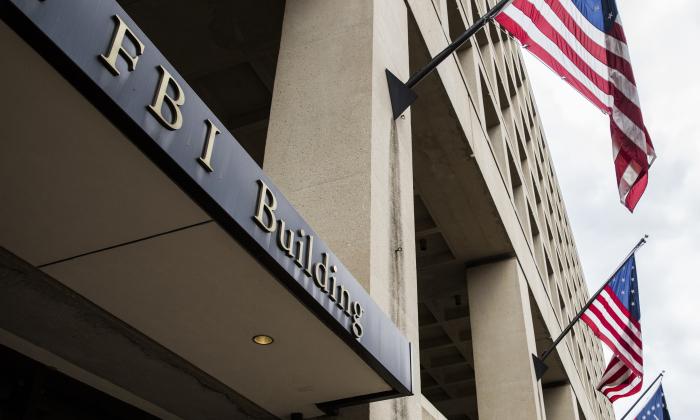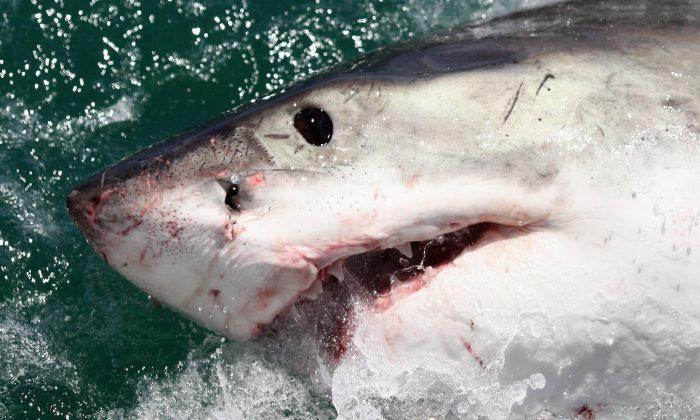Australia’s Defence Minister, who is a vocal advocate for free navigation across the South China Sea, has announced he will visit China and other parts of Asia.
According to the Asia Maritime Transparency Initiative of Washington’s Center for Strategic and International Studies, recent satellite imagery shows a new structure on Bombay Reef complete with a radome and solar panels.
The reef is next to major shipping lanes that run between the Paracels and Spratly Islands to the south, making it an attractive location for a sensor array to extend Chinese radar or signals surveillance of the shipping lane.
Pyne confirmed that the Australian government views the region as international waters where ships have the right to freedom of navigation.
Pyne has also made it a top priority to maintain Australia’s military presence in the region.
To this end, the Morrison government has increased total defence spending from 1.9 percent to 2 percent of the national gross domestic product in the 2020-21 period.
“This will show the world Australia is not an ‘international bludger,’” Pyne told Fairfax. “The capability build-up is a critical factor in being a serious country in terms of defence and foreign affairs.”
Pyne believes South East Asian nations will also boost defence spending as the effects of the 2008 global financial crisis finally subside.
“That will mean they will gain more technological capability, which we would not dissuade them from doing because we welcome all our friends and allies across Asia investing in [defence] capability,” he said.
“They’ve invested in platforms and technology capability across the navy, the air force, and surveillance and reconnaissance,” Pyne said. “While that is a matter for China of course, we are quite aware of the need for us to maintain our technological edge.”
Doug Wise, deputy director of the Defense Intelligence Agency and former CIA paramilitary and operations officer, said in January 2018 that aside from building and militarizing artificial islands in the disputed waters of the South China Sea, China has been developing a hypersonic missile of its own capable of six times the speed of sound.
Warning that, in his view, military tension could escalate further between the United States and China, Pyne said it was important for Australia to it remains the “security partner of choice” for Pacific Islands nations as China’s influence in the region has increased.
Pyne’s agenda in Japan is widely expected to be along these lines. He will meet with Japanese Minister for Defense Takeshi Iwaya, and officials from Japan’s Self-Defense Forces and the country’s Ministry of Defense to discuss future opportunities for Australia and Japan to work together to contribute to peace and security in the Indo-Pacific region.
Pyne will then travel to China where he will meet with Minister of National Defense General Wei Fenghe and other senior Chinese officials to discuss regional security and bilateral issues.
Finally, he will visit Singapore and meet with the country’s prime minister, Lee Hsien Loong, and its minister for defence, Dr. Ng Eng Hen.





